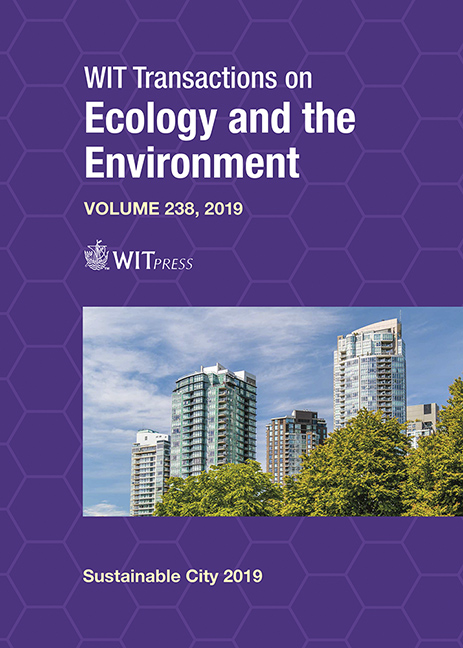INDEX OF CONTAMINATED AREAS IN SÃO PAULO CITY, BRAZIL
Price
Free (open access)
Transaction
Volume
238
Pages
10
Page Range
199 - 208
Published
2019
Paper DOI
10.2495/SC190181
Copyright
WIT Press
Author(s)
JULIANA DOS SANTOS LINO, AFONSO RODRIGUES DE AQUINO
Abstract
Environment contamination is a problem that most countries need to deal with in fields such as urban planning, public health, and availability of natural resources. Contaminated land, inside this topic, is a critical issue to discuss in the metropolis. Old areas have housed industrial activities, gas stations, and irregular waste disposal, can have the presence of toxic substances in the soil, underground, and in groundwater too, and this could lodge risk and a difficulty to change their land use and occupation, frequent in the dynamics of the societies. It is quite essential to create tools to handle this question, acknowledging the situation, and understanding how to achieve sustainable urban planning. Considering the existence of contaminated sites on the city and managing this, while The Sustainable Development Goals, as the Sustainable Cities and Communities, for instance, are applying. In this research, an index was developed of contaminated areas for the city of São Paulo, Brazil. The index was aimed to demonstrate in which districts are concentrated the contaminated sites and comprehend how the contamination it was spread at the city. The territorial unit used to divide the town was the district. The results indicated that the main contamination is concentrated near the downtown area and in older industrial districts. This data can be useful to define strategies on urban planning, because it can suggest which region is more indicated, or not, to receive different enterprises, around the city, like residential, commercial. Furthermore, the index can help to define what areas could need more specific environmental investigation and analysis to ensure the sustainability of the city and the citizens’ safety.
Keywords
contaminated areas, urban planning, sustainable development





